By Steve Morris
As spotted by Jarrod on the CBR forums (hi Jarrod!), a Mike Perkins fight sequence from next week’s Astonishing X-Men #55 clearly pays tribute to a previous fight sequence drawn years ago by Alan Davis for Uncanny X-Men. As you can see in the images below, Perkins has taken aspects of Davis’ original fight sequence and resequenced it to act as the storyboard for his version of the fight, in both cases an example of a gymnastic male taking a formal female fighting style. While Gambit takes the place of Nightcrawler, so Tyger Tiger replaces Sage. Here’s the page from Perkins, with the Davis pages following:
While clearly Perkins has still drawn the fight scene in Astonishing – this isn’t like-for-like work – the poses are replicated at several points. It’s still Perkins work, but it borrows heavily from Davis’ previous storyboarding. I suppose, if you’re going to follow anybody’s example, you may as well follow Davis, right?
This may well be a phenomenon we’ll be seeing more and more often now, as artists are asked to turn around issues in a shorter amount of time, for a more intense amount of time, to catch up with double shipping. Artists like Rafa Sandoval or Greg Land, for example, are both known for replicating images like facial expressions and body language whenever a story requires. In the scene below, Land was asked in the script to draw triplets, so he simply replicates one image three times in order to get the affect. Whereas previously mainsteam artists had time to work on their comics, now there is increasing pressure to get something out in a shorter period of time, and it’s starting to show.
This issue I believe represents the sixth issue Perkins will have worked on in five months, with Gabriel Hernandez Walta filling in for an issue partway through. Meanwhile you can see other examples of this elsewhere in comics, most notably at DC. DC have been totally open about their storyboarding process, by which artists like Keith Giffen or Francis Manapul have laid out pages for other artists to draw. You still get a consistent sense of structure from the art, but there’s a different person laying out the details within that structure. Again, it helps share the burden of time, meaning more comics get out faster.
It’s the nature of the business, now: double-shipping is a big thing for Marvel, and DC have pledged to get issues out on time every month. As a result, artists are having to work to tougher deadlines than ever before — and that’s going to lead to more examples of assistance in future.


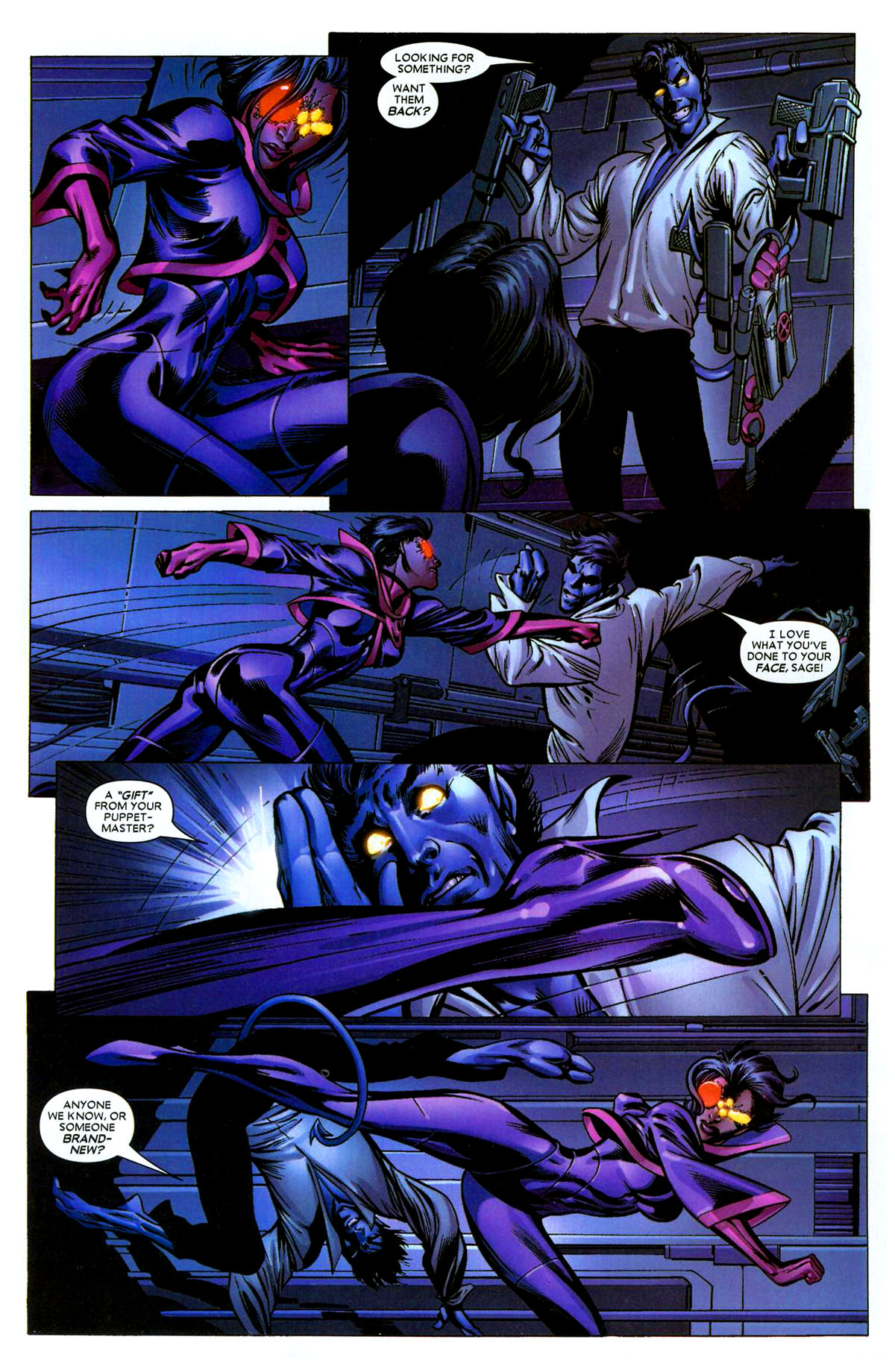

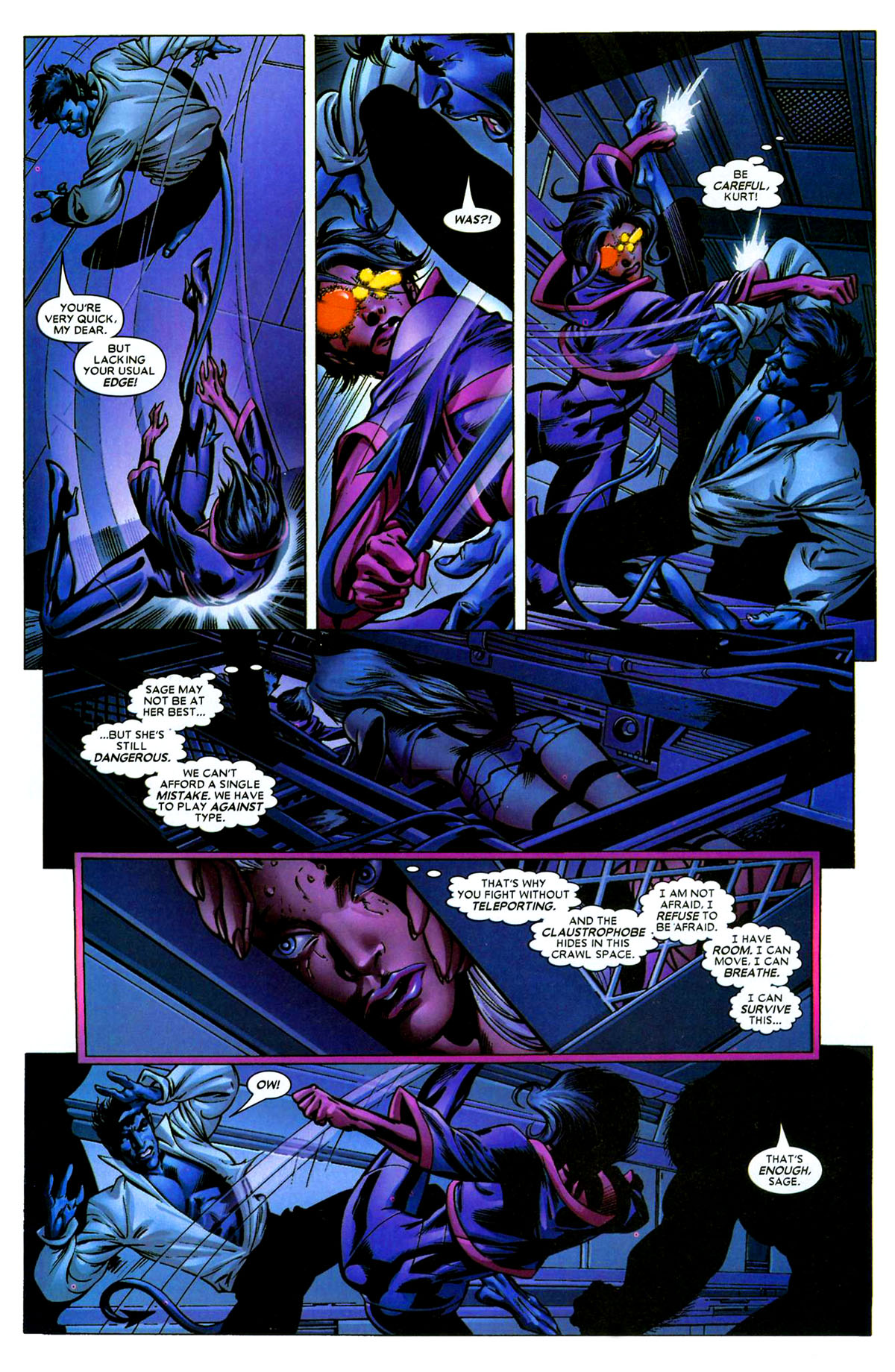
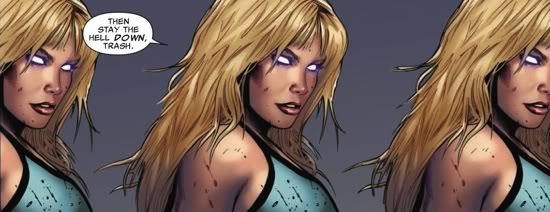
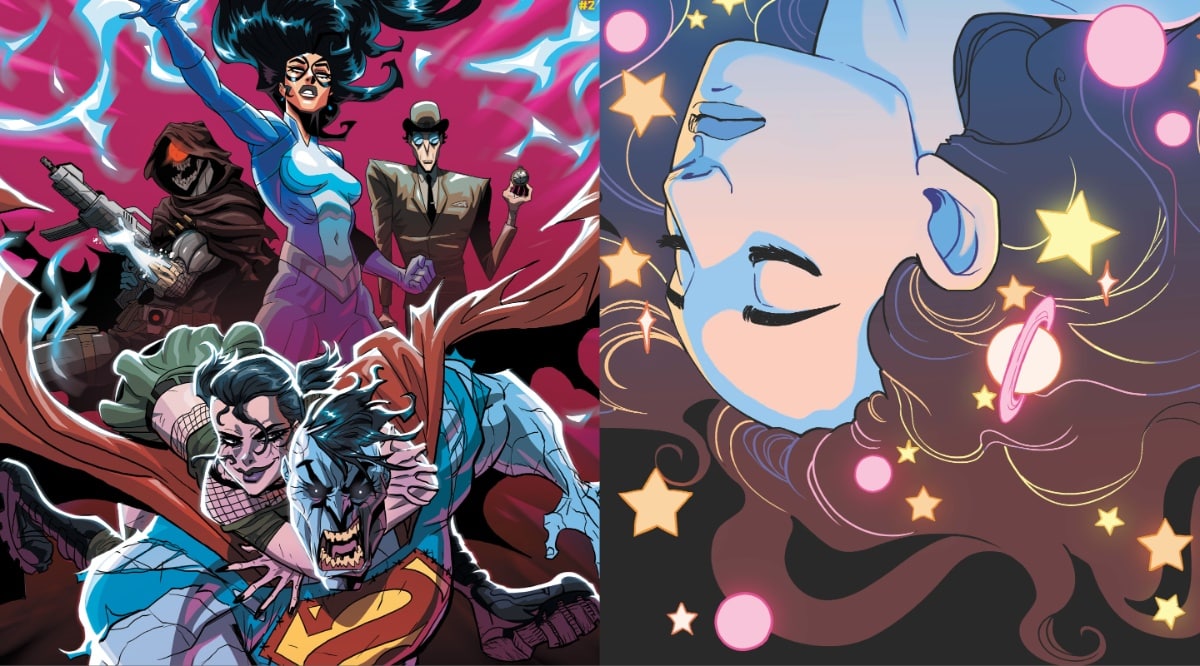
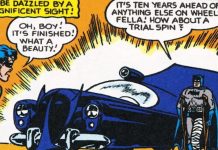
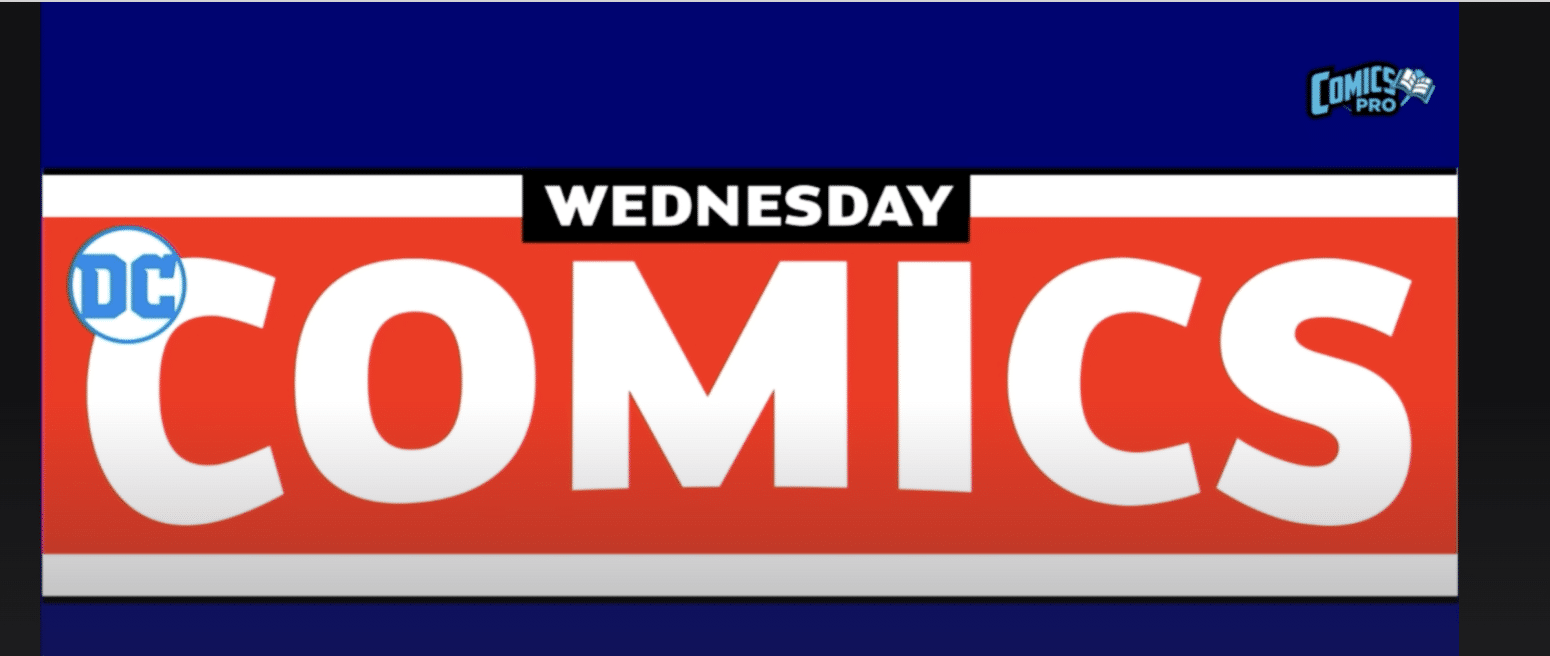


man, what a waste of Davis’ and Perkins’ talents.
One of the most incredible aspects of Alan Davis’ talent is that his work today looks as good, if not better, than work he did 30+ years ago at the start of his career. Not many artists can say this.
As both a retailer and a comic fan, I hate the every other week schedule.
As a retailer it reduces the shelf life of comics. There is only so much space on the shelves and once a book isn’t out front for customers to see it becomes much less likely to sell.
For the customer, double shipping means they HAVE to go to the shop every week or they’re more likely to miss seeing / getting an issue. For someone who reads several titles they are more likely to lose track of issues and keep up with a story.
I’ve seen Marvel books lose a lot of customers over double shipping and when you add that all of their books will go to $3.99, it won’t be pretty.
Maybe we’ll see a return to looser penciling styles and a stronger emphasis on inkers who are artists in their own right.
Ron, you can’t speak for all customers. I actually like the double shipping. There aren’t a ton of individual series I’m reading at the moment, and double shipping gets more good issues into my hands than monthly would.
Since when is Rafa Sandoval in the same category as Greg Land?
Could it be that you’re not reading many individual series at the moment because a lot of them are hurried and sloppy? It’s why I’m not!
I can’t help be feel that this article would have had a different tone if it had been, say, Rob Liefeld doing swipes (oh, I’m sorry, “getting assistance”). Now it’s not the artist’s fault, but the schedule’s? Poor artists are forced to do more work? Well, it’s not like we have such a thing as fill-in artists, or as is the case on many of the overshipping Marvel books, tag teams of artists working on the same book.
For that matter, I remember when Marvel and DC books went from 22 to 20 pages — even back when Marvel cut one page to put in the recap pages! — there was a clamor about how the publishers were plainly stealing the bread out of the artists’ mouths by cutting down. Now they do the opposite, and they’re still the devil incarnate.
I can’t see the swipe here and don’t think there is one. Nothing looks more like a superhero fight scene than a superhero fight scene. To put Mike Perkins in the same category than Greg Land is a shame.
On the double shipping Marvel debate, I will say that I’m wondering when they will awaken and realise they are losing customers using this politic. I wanted to trry ouy Xmen Legacy by Tan eng Huat but gave when I saw I ahd to pay 8€ per month to do so. That meant giving up on 3 other series (3×3€) to try this one out. So finally, no try out. Their loss.
Hackery is not “the way of the business”. It is laziness and turning the other cheek will never correct the theft. Accepting an issue as status quo is spineless, especially from a “journalist”.
And this IS Stop Art Manipulation Week:
http://thelotteryparty.com/stop-stealing-art/
I assume you can’t just leave them on the shelf longer, or devote more shelf space to the latest issues?
If you go into any comic shop. There is no space left on shelves because of the amount of books being sent out. In Mid-Town comics the shelves use to be half Marvel/ Half DC and now Marvel has migrated over to the DC side.
Those Davis pages are nice!
Comments are closed.